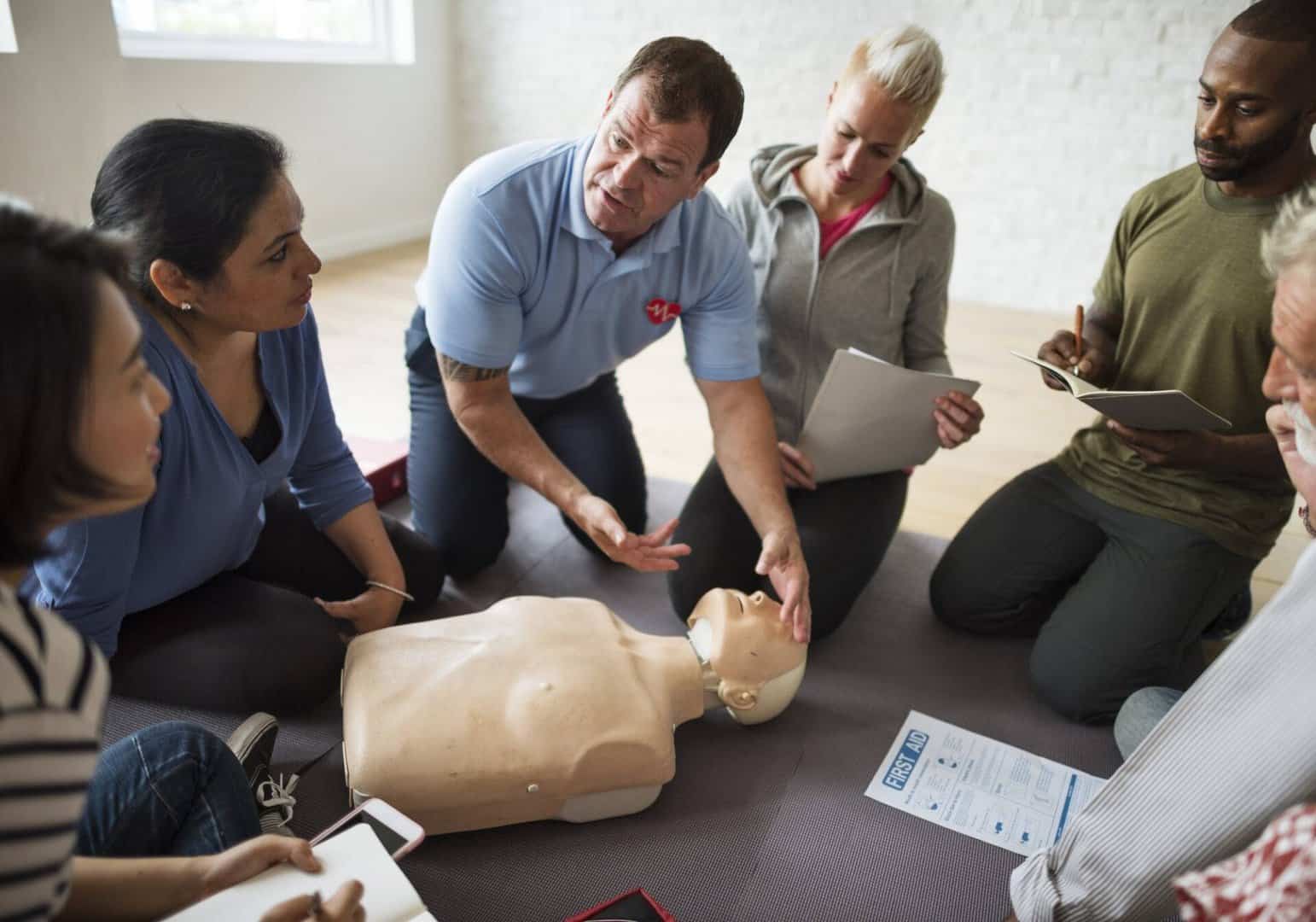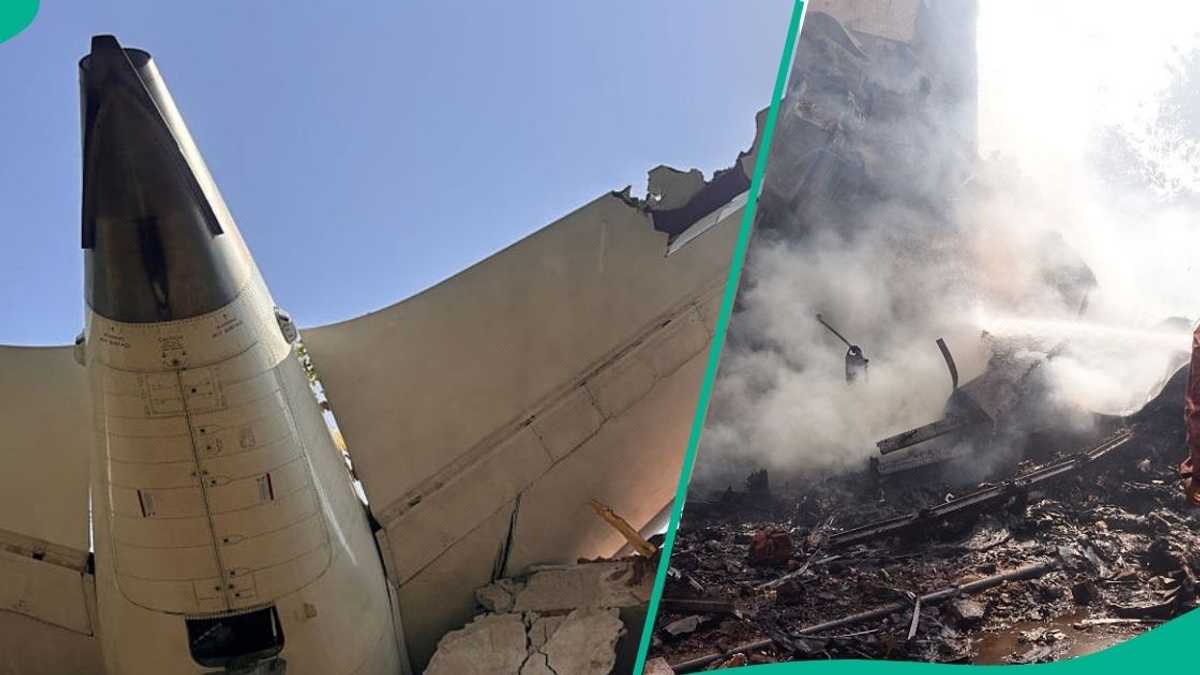First Aid Training with AED Certification: What's Included?
Accidents, injuries, and cardiac arrests are common in daily life, but what are you doing to handle these emergencies? If you’re a bystander in such cases, you should have the relevant training and expertise to help the person in distress. This is where first aid training with an automated external defibrillator (AED) certification comes in. It helps individuals gain knowledge, confidence, and the skills to respond to emergencies effectively. So, what exactly is included in with AED certification? Let’s delve deeper.
First aid and AED training is designed by OSHA Standard 29 CFR 1910.151, which outlines the need for workplace first aid readiness. These courses teach you how to perform as a responder when providing first aid, Cardiopulmonary Resuscitation (CPR), and Basic Life Support (BLS) during emergencies.
You will also learn the latest updates in first aid, CPR, and BLS techniques, based on current medical research and evolving best practices.
In this context, first aid refers to the immediate care provided to an injured or ill person before professional medical help arrives. It can range from applying a bandage to performing CPR. AED training, on the other hand, equips you to use a portable defibrillator that helps restore a normal heart rhythm during sudden cardiac arrest (SCA).

In sudden medical emergencies like cardiac arrest or choking, immediate action can be life-saving. Out of 13,769 out-of-hospital cardiac arrests, only 2.1% received AED intervention before Emergency Medical Services (EMS) arrived. These numbers highlight the gap in AED awareness and use during emergencies.
First aid training with AED certification empowers individuals to combine hands-on care techniques with the use of life-saving defibrillators to assist victims effectively. Here’s an overview of what the certification typically includes:
This component covers the first aid responses for common injuries and health incidents. You’ll learn how to properly clean and dress wounds and control bleeding. You’ll also learn how to manage burns, fractures, and sprains. The training involves dealing with various types of allergic reactions, choking, and shock, which require calm and quick action.
Techniques for safely assisting both conscious and unconscious individuals are emphasized. You’ll also be trained to minimize further harm while waiting for EMS to arrive.
CPR is a standard technique used to respond to patients experiencing cardiac and respiratory arrest. This section trains you how to perform chest compressions and rescue breaths on adults, children, and infants. It also explains the significance of compression depth, rhythm, and rescue breathing techniques.
You’ll also practice with training mannequins, which helps build confidence and muscle memory. Here, your goal is to maintain blood flow to vital organs until professional help arrives or an AED is available. Hands-on training also ensures you can act immediately under pressure.
This section introduces you to the AED device and its role in reviving someone who has suffered a sudden cardiac arrest. You will also learn how to analyze the situation and turn the device on. This is followed closely by applying the electrode pads and following its voice prompts.
Proper pad placement, scene safety, and avoiding shock-related mistakes are key components. Realistic simulations are part of the training so that you’re confident in using an AED during an actual emergency. You’ll also learn when and how to deploy the AED, which significantly increases a victim’s survival rate.
Learning how to react quickly and correctly in a high-stress situation is central to an effective response. You’ll be taught the chain of survival, such as how to assess the scene for safety, check for responsiveness, and activate EMS.
The training also guides you on how to assign tasks to bystanders and maintain calm while giving aid. You’ll learn how to prioritize injuries and respond accordingly, especially when dealing with multiple victims. This section builds situational awareness and improves your decision-making during emergencies.
Participants are educated on Good Samaritan laws and how they protect individuals who provide first aid in good faith. You’ll also learn when and how to obtain consent before offering help, especially when dealing with minors or unconscious individuals.
The course clarifies your responsibilities and limits as a first aider, ensuring that you don’t unintentionally cause harm. These legal boundaries help you act with greater assurance. Ethics discussions also include maintaining patient dignity, confidentiality, and safety.
If you enroll in with AED certification, you will develop several skills to save lives and respond with confidence. This also means you can help any person in distress during emergencies. Additional benefits include:
In a medical emergency, time is everything. Trained individuals can act immediately, even before EMS arrives, increasing the chances of survival, especially in cases of cardiac arrest. Knowing how to perform CPR or use an AED helps bridge the gap between collapse and professional medical care.
First aid and AED training eliminate hesitation in high-pressure situations. You’ll learn not just what to do, but how to stay calm, think clearly, and make quick decisions that could save lives. This confidence can be life-changing for you and those around you.
Many workplaces require trained first aid responders to meet safety regulations. Having certified staff members reduces liability and creates a safer environment for everyone. It also shows that your organization values employee well-being and emergency preparedness.
Sudden cardiac arrest can happen anywhere to coworkers, family members, or strangers. Knowing how to administer CPR and use an AED gives you the ability to save a life. Studies show that early AED use can double or even triple survival rates when combined with CPR.
Accidents and emergencies can happen at home, in public places, or while traveling. With proper training, you’re always ready to help in cases of choking, allergic reactions, injuries, or sudden illness.
First aid and AED certification is a valuable skill across many industries, including education, hospitality, security, fitness, and construction. Employers appreciate candidates who can contribute to a safe and compliant work environment.
with AED certification is the best way to teach you how to recognize and respond to medical emergencies. It also equips you with the proper skills to provide CPR, use an AED, administer first aid, perform basic life support, and offer other assistance to victims in emergencies. With several platforms offering this certification online, you might be confused about your choices. Ensure that the platform is accredited by recognized bodies in the United States for healthcare training.












